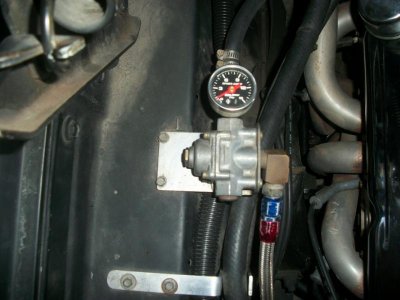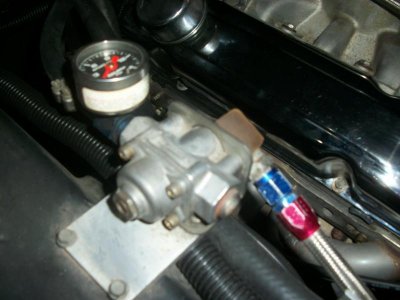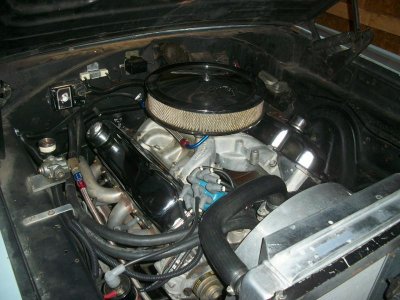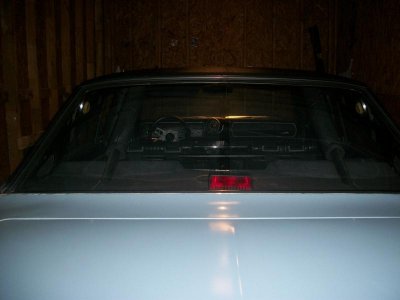67 B-body
Well-Known Member
Did you check the throttle blade position at idle to make sure your not into the transition circuit? The 13 initial timing sound fine, what is the total timing, and how fast does it advance? What fuel system are you using?
When I had an 850 on my 451 engine 11:1 comp, 251@0.050" 0.614" lift) I had to drill the throttle blades to get out of the transition circuit at idle. I also blocked off the rear power valve, jetted the rear up about 5-6 jet sizes, used rear jet extentions and notched rear float. Also used electric pump -8AN lines to/from a bypass regulator, and -6AN lines from the regulator to each fuel bowl.
I've done the same thing with the throttle blades on low vac engines to get them to idle correctly. Keeping the throttle blades out of the transition slot at idle is VERY important!
I'm not sure how everyone else does it, but I like to locate the holes as close to the edge of the throttle blade as possible, and also lined up perfectly with the idle mixture port in the base throttle plate. I figure this gives the in comming air a chance to pull fuel from the idle circuit more effectively!





















